History, surely is the most underrated subcomponent of Prelims. Many people complain about it, but most of them are those who actually do not clear the exams. Remember, in order to create History, you must learn (from) History!!
For UPSC Prelims, subject carries a significant weightage. Along with Art and Culture, there will be atleast 12-15 questions in the paper. If you are going to leave them by saying that History is tough, believe me, you are throwing yourself out of Prelims.
In fact, if you do your revisions properly, History has very little to do with Current Affairs. Hence, with repititive revisions, you will get good marks definitely.
Coming to the Sources for History, Art and Culture:-
1.A BRIEF HISTORY OF MODERN INDIA:- By Rajiv Ahir Sir. (if you download latest edition, you can get some parts of India after Independence, which can be good for a cursory look!!)
2. NCERTS:- There is a endless debate over Old or New Ncerts. I have read the new ones (Themes of Indian History) (except the old Ncert named ANCIENT INDIA of RS Sharma.), as they are more updated, and more focussed on concepts, rather than chronology. And UPSC focuses on concepts more than only facts. Still, you can use ANY of them.
3. 11th std NCERT for ART AND CULTURE (FINE ARTS Ncert):- Very important for Art and Culture. We’ll discuss more about it below.
4. NITIN SINGHANIA book for Art and Culture:- It is very comprehensive. But reading it whole or selective, depends on your liking of the subject, and cost benefit analysis of no. of ques. going to be asked.
5. Satish Chandra NCERT for Meidevial India, but read it upon your interest and after cost benefit analysis.
6. Newspaper and ANY Current Affairs Magazine for Art & Culture related current issues.
Though UPSC asks questions randomly, there is a method in randomness. Some sections are stressed recurrently, and questions are being asked on them almost every year. So we’ll look at them one by one:-
A. MODERN HISTORY:-
First of all, sometimes, there is a confusion about from where to consider Modern History, i.e. from 1757 Plassey, or 1857. My suggestion will be study it from 1707 i.e. when Aurangzeb died!!
Basically, ques. come on following topics:-
1. Important personalities:- Like Gandhiji, or Pandit Nehru, or Subash Chandra Bose, Sardar Patel and so on. Now, the ques. might come on things we know. For eg. they’ll give a statement about Ahmedabad Mill Strike of Gandhiji, or they may ask WHO STARTED THE HINDI BHASHIK PRACHAR SABHA, Gandhiji had started it. So we must have the knowledge of movements, institutions, organizations, with which these people were associated. I will suggest that, just read 2-3 paragraphs on them from Wikipedia, so that you may get a missed point along. Look at the following que. from 2019 paper. If you do proper revision, you can easily solve such questions.
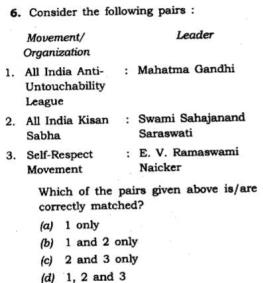
2. Important events in the History:- What we need here is to understand the CAUSES and CONSENQUENCES of such events. For eg. in 2018 pre, there was a que. that “what was the major effect of Champaran Satyagraha?” Answer was that, it brought the que. of farmers in the forefront of National struggle. Now look, UPSC has not asked that who brought Gandhiji there and things like that. It focuses on broad things. Similarly, in 2017,there was a que. on effects of SANTHAL REBELLION.
3. CHRONOLOGY:- UPSC will give us 3-4 events from History and then ask to arrange them in chronological sequence.
4. Policies of British:– In this section, there will be a que. on some educational policy. For eg. Recommendations of Hunter Education Commission, or on any agricultural policy, Revenue Settlement, or Political policy, eg. Subsidiary alliance.
5. SOCIO-RELIGIOUS-REFORMS:- Que. is asked in both factual and conceptual way. In factual type, UPSC may ask us about personality and organization associated, eg. Rahnumain Mazdayan Sabha:- Dadabhai Naoroji. Or they may ask us, the aims of Organization, for eg. Aim of Indian Social Conference, or of Ramkrishna Mission, likewise.
6. FACTUAL Que:- These will be asked on well known Commissions, places, personalities, various civil and Tribal uprisings, battles associated with Indian History.
WHAT TO FOCUS ON:-
When we see the previous year question papers, some commanalities do emerge.
There is question, almost every year on:-
a. ANY 1 ACT of following:- 1909,1919 and 1935 Govt. of India Act.
b. Developments during and after 2nd World War:- This means, August Offer, Cripps mission, INA, Cabinet mission and like.
c. Any one Tribal, Civil, uprising. (Last pages of A Brief History of Modern India has excellently provided these in a table form.)
d. Off late, UPSC has started to ask questions related with POLITICAL PARTIES. Remember the que. of Congress Socialist Party, or a statement related with Communist Party in 2018. For eg.:-
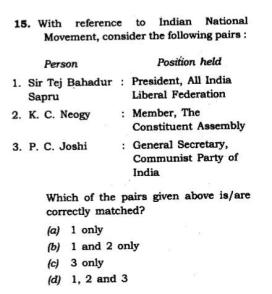
So, when we study Spectrum History, there are two sections. The first section is important for chronology. If we even read the contents of each chapter, we can get an idea of chronology of major events.
The second part deals with some detailed material of British policies. We must concentrate on EDUCATION, CIVIL SERVICES, AGRICULTURE the most as these policies harmed Indian interests at its core.
While, at the end of the book, you will find some lists of Congress sessions, Newspapers with their editors, and so on. Keep revising those lists periodically.
e. While solving Modern History ques. we will have to make our mind for some tricky ones. Those will test not our factual data, but our PRESENCE OF MIND. For eg. Look at the following que. of 2018:-
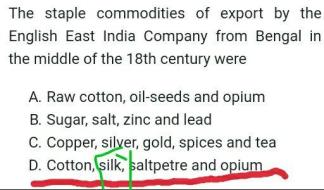
How we can approach the answer? Just by reading the question with EXTREME PATIENCE!! What is said in the que., MIDDLE OF THE 18th century, means 1750-60. Just stretch your mind and think of India of that time. Mid 18th century, a prosperous India, Europeans coming here to trade, and what was most special?? The SILK, the MUSLIN cloth of Dhaka. So if we had applied this much of knowledge, we could have got the better of this seemingly difficult question.
Let’s take another que. from 2018:-
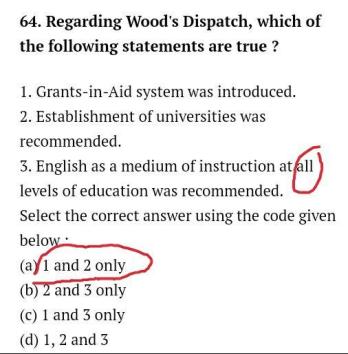
Though, we are expected to know the exact answer of this que. still, if we don’t remember during exam, if we apply some common sense and think of Macaulay! What he had said, that we will teach some Indians english so that they can work for our interest. Ok, keep even that aside, and just for a second, ask yourself that, whether it was feasible to teach English ALL OVER INDIA in 1850s.. Certainly not. (Log to ab bhi nahi sikhte!!) So in this way, you can solve some ques. of Modern History.
Concluding, what we need is, a solid foundation of good 3-4 revisions, Good reading of questions, application of mind and also the tact of leaving some que. For.eg if a question is extremely factual, that we don’t have any sort of idea,then better leave it. Humko 200 marks nahi lana hai!!
ANCIENT HISTORY, ART AND CULTURE:-
In this section, I will first take some CURRENT NEWS going on regarding Art and Culture, and then we will see a basic approach and points to focus on.
Following topics were in news in the preceding year:-
A. Modi-Xi meeting at MAMMALLAPURAM:- We all saw Modiji explaining the various structures of Indian culture to Chinese Prez. Xi Jinping.
Mamallapuram was a PALLAVA city. It has some famous rock art like, ARJUNA’s PENACE, THE SHORE TEMPLE, PANCH RATHS, VARAHA CAVE and so on. Arjuna’s Penace is also interpreted as meditation of Bhagirath to bring Ganga river on earth.
The Varaha Cave depicts Varaha Swami (incarnation of Vishnu) and goddess Laxmi.
Famous Chinese traveller, Hsuan Tsang had visited the place. Hsuan Tsang visited India during the rule of HARSHA.
B. THIRUVALLUVAR:- Though the great man was in news for some political reasons, many news and articles about him were appearing in newspapers.
He is best known as the author of Thirukkuṛaḷ, a collection of couplets on ethics, political and economical matters, and love.
C. SAPTAMATRIKA inscription at Chebrolu, Andhra Pradesh:– Archeaological Survey of India (do you know under which Ministry it comes? Is it a Statutory body??) found this inscription, due to which Sanskrit knowledge of South India was taken back almost to 2nd century CE.
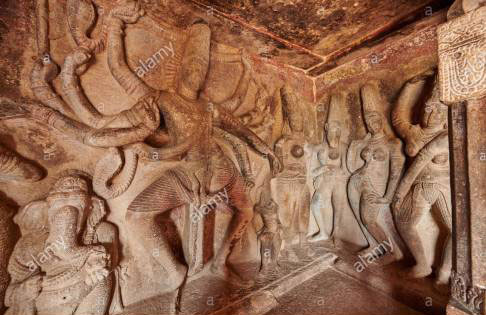
Saptamtrikas are a group of 7 Godessess which were created to help Goddess Durga while she was fighting with Shumbh and Nishumbh.
Such an inscription is also found at AIHOLE. (Locate it on map!!)
D. NAGARDHAN inscriptions:– Done in Maharashtra, (Vidharb side) This inscriptions are related to VAKATAKA dyanasty. They have revealed a Coonch (Shankh) which signals that Vakataka dyanasty used to affiliate themselves with Shaivism. Plz know about queen PRABHAVATIGUPTA of Vakatakas.
E. REPUBLIC DAY PARADE:– I am taking this because, tableaus of various states describe the art and culture of respective states. Hence, glancing through them is our work.
Some important themes were:-
- Kaksar dance- Chattisgadh.
- Bathukumma festival-Telangana.
- Gramiya-Kalai- Tamil Nadu.
- Bhortal- Assam.
- Rukuna Rath- Shri Jagannath Puri, Odisha.
- Brahmotsavam- Andhra.
- Rani Ki Vav:- Gujarat.
- Anubhav Mandap- Karantaka related with Bhagvan Basweshwara. and so on.
F. KUMBHABHISHEGAM:– This happened after 23 years at Brihadeshwar Temple, Tamil Nadu.
Brihadeshwar is a Shiva temple, situated at Tanjavur, on the southern banks of Kaveri. It was built under guidance of RAJA RAJA 1.
It is a World Heritage site.
G. SKANDA-GUPTA:– In a seminar organized at Banaras Hindu University, Home Minister Shri. Amit Shah referred to the greatness of SkandaGupta. He was the son of KumarGupta 1. He ruled from AD455-467. His main victory came against the Huns.
H. AAUVAIYAR:– She was a woman saint of SANGAM era. (You know it??) I am giving her reference because, during the Budget speech, Finance Minister quoted her lines, “Bhumitiruthi-Unn” which means that one should first till one’s land and then eat. From this, min. wanted to highlight importance of Agriculture in ancient times. I just gave reference, in case que. like Aauvaiyar was a male saint type may come.
Now, we will discuss some recurring static topics which we must focus the must.
1. BUDDHISM and JAINISM:- These two themes are VERY IMPORTANT in UPSC prelims.
Why I am saying so? Look at the following questions.. Sorry for not giving answers. I want you to find them..
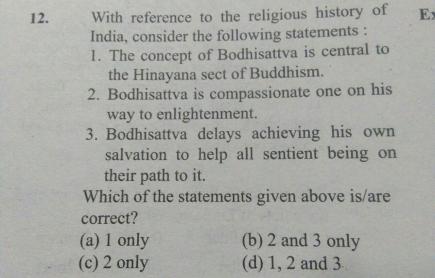



These are the ques. from last 4 years UPSC prelims. Now, you would have understood the gravity of these topics. So how to study them?
a. Read Jainism and Buddhism from Basic NCERT (old Ncert of RS Sharma has good coverage. I have read it from there.) Then read it from Nitin Singhania (it is free on internet). Itna karke bhi jaan bachti hai to read 2-3 paragraphs from Wikipedia about Lord Buddha and Bhagwan Mahavir.
How common-sense works here? Look at the 2nd que. above. Think about Buddha’s birthpalce (Lumbini) and where he died? (Kushinagar) both in ancient Magadh. Now if we apply a little of our mind, we can easily eliminate GANDHARA, as it is some 2000+ km away from Magadh, and in 5-6th century BC, very rarely people went that far!! So, now 2 options remain. We can even cancel AVANTI as it is in MP (Ujjain). Here you would have to take risk, depending upon your progress in paper.
2. Terminologies associated with Ancient Kingdoms:-
UPSC asks que. like “what do you mean by AGRAHATTA” Basically it is a water lifting device. Or they may ask about any Mauryan or Gupta period official. For eg. Rajjuka:- he used to be a Revenue officer. So it will be good, if while reading, you make a list of such terms which might be asked in exam.
3. Places on maps:– UPSC in 2019 asked a que. that on which inscription did you find “RANYO ASHOKA!!” I had skipped that que!! But if you do some basic maps like, PORTS in Mauryan or Sangam times (eg. SOPARA, TAMRALIPTI, MUZARIS, BARIGAZA (BHROACH)), or cities which lie on Uttarapath and Dakshinapath, or centers which lie on Ancient Silk route, (all provided in NCERT) you will be in a very advantageous position regarding to knowing the answer.

4. Dances/ Festivals:– In this, just remember basic 8 classical dances like Sattariya, Bharatnatyam, Kathak and like. And focus on such art from the eastern India side (North-east, Bngal, Odisha) UPSC is asking que. repeatingly on that side.
5. GI Tags:– UPSC has asked a que. on PutthukaliShawl, Sujni embroidery, etc. So it will be good to just read it from here https://en.wikipedia.org/wiki/List_of_geographical_indications_in_India
640+ hai!! Then, do a favour on yourself and just remember Gis granted in 2019-20.
6. Temples:- You will have to study the styles (Nagara, Dravid, Hosaylas) and some typical features like, Amalakas, Gopurams. Then, you must know about region wise temples. For eg. PANDRETHAN temple was built by KARKOTIA dyanasty in KASHMIR.
7. BHAKTI/SUFI MOVEMENT:- Here, focus on philosophy propounded by each Saint. For eg. Dwait-advaita, or Vishishth-Advait, Vedanta and like. With it do compare the lifetime of these Saints with the contemporary kings in India. For eg. in 2019, such comparison was asked with reference to KABIR and Akbar. And lastly, do not forget the ALVARS and NAYNARS of the south India. Actually,they were the pioneers of the Bhakti Movement.
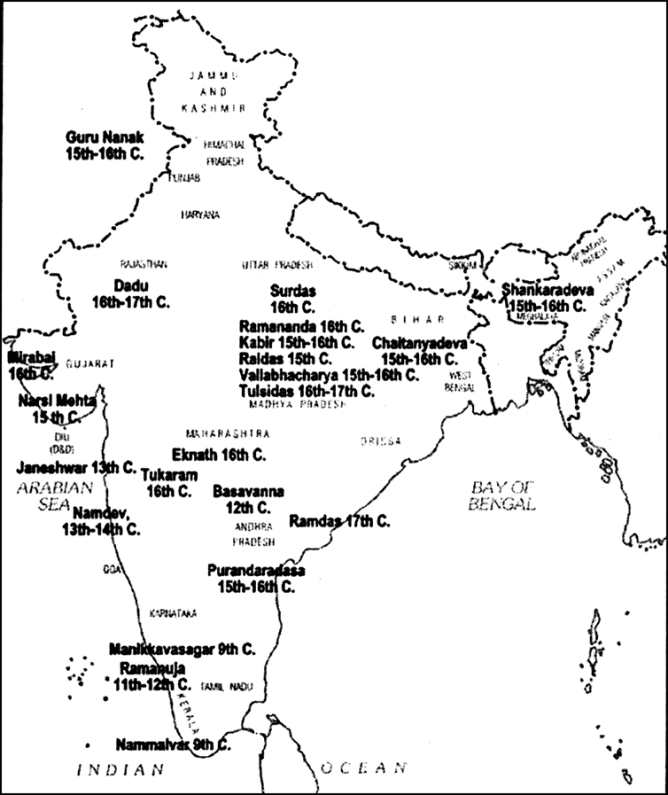
For temples, paintings, caves and Rock cut architecture, do refer all the PICTURES IN FINE ARTS NCERTS. UPSC has directly asked questions from it!! And it is also an easy way of learning.
Culture of Bharat is so vivid, that we can’t remember all the things. So, here we should opt for a judicious balance of Current items in news, and things which are in NCERTs.
MEDIEVAL INDIA:-
In this section questions generally come from:-
a. Terminologies of those time:– UPSC will ask a que. like What is ASHTAPRADHAN MANDAL, or what was IQTA system, or what was the ASHTADIGGAJAS. For this, have a list of such terms, when you are studying.
b. Focus on Indian Kings like Chatrapati Shivray, Maharaj Krishnadevaray of Vijaynagar. In this, major focus should be on ADMINISTRATIVE SYSTEM of those kingdoms. Similar que. on Delhi Sultanate are also asked.
c. Art:- If you have read FINE ARTS NCERT, Mughal art will be covered properly. It has a whole chapter on it. You must know the terms like, Arch and Dome, Arabaisque, Lapis Lazuli and so on.
History of our great Nation is a fascinating topic to read. It gives us many moments of pride as well as tears. What we must remember is to learn good things from History. And for UPSC, if you have your 3 good revisions of the selective material, you can score Superb in History, Art and Culture.
Thank You!
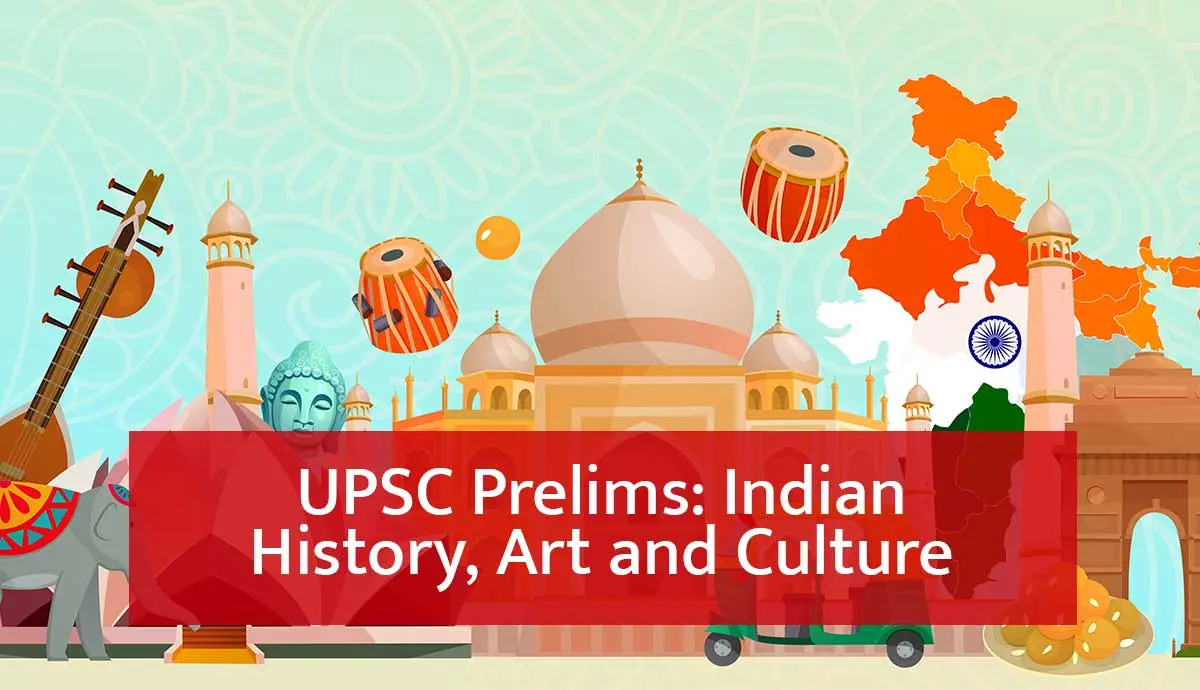
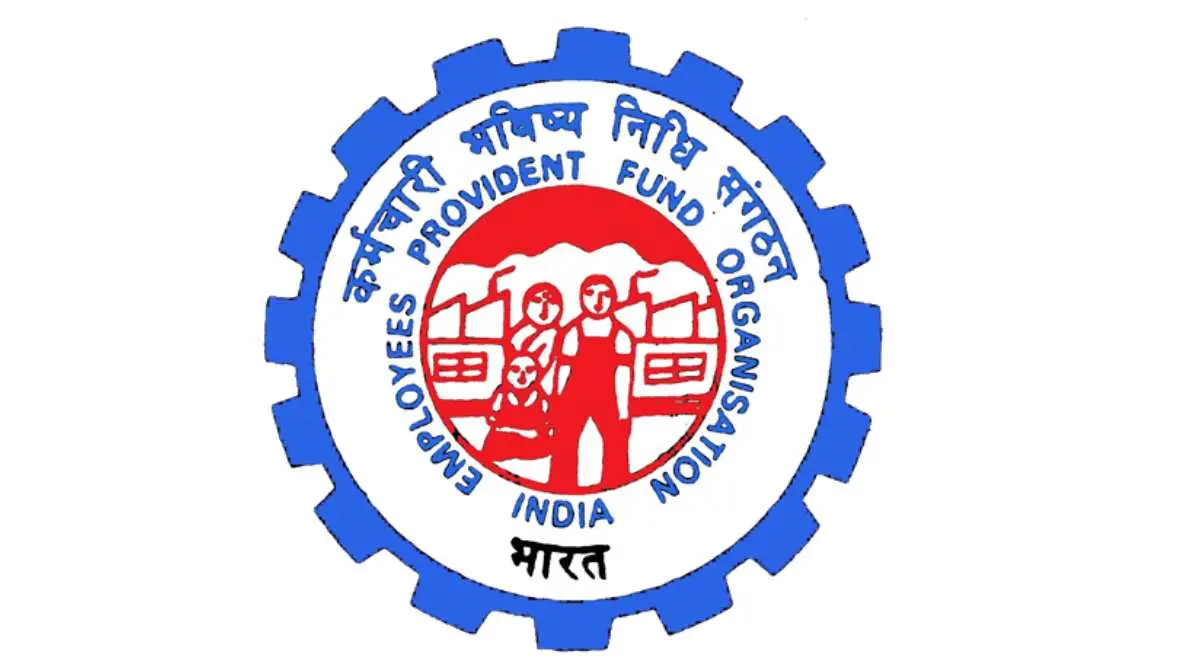
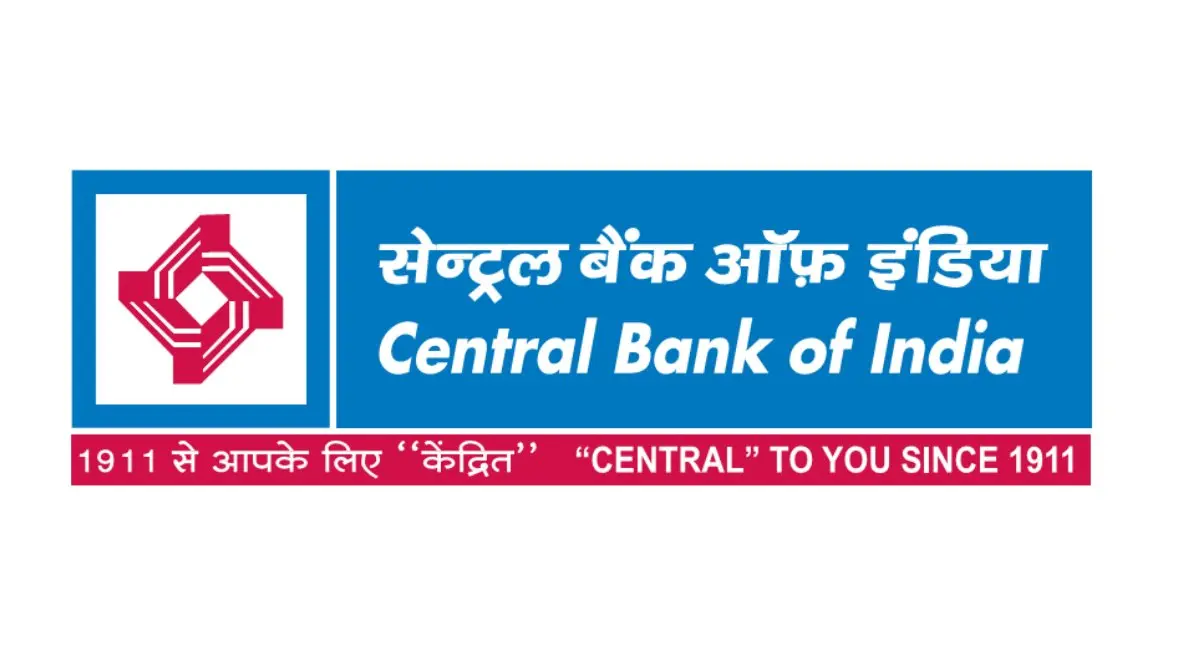
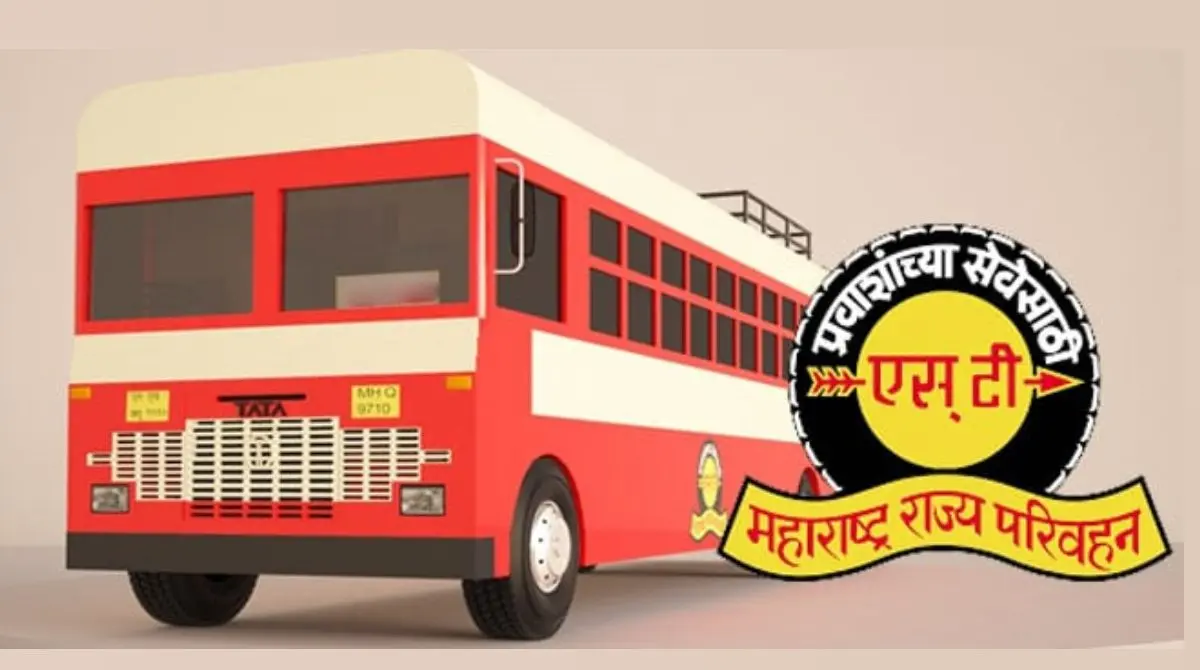
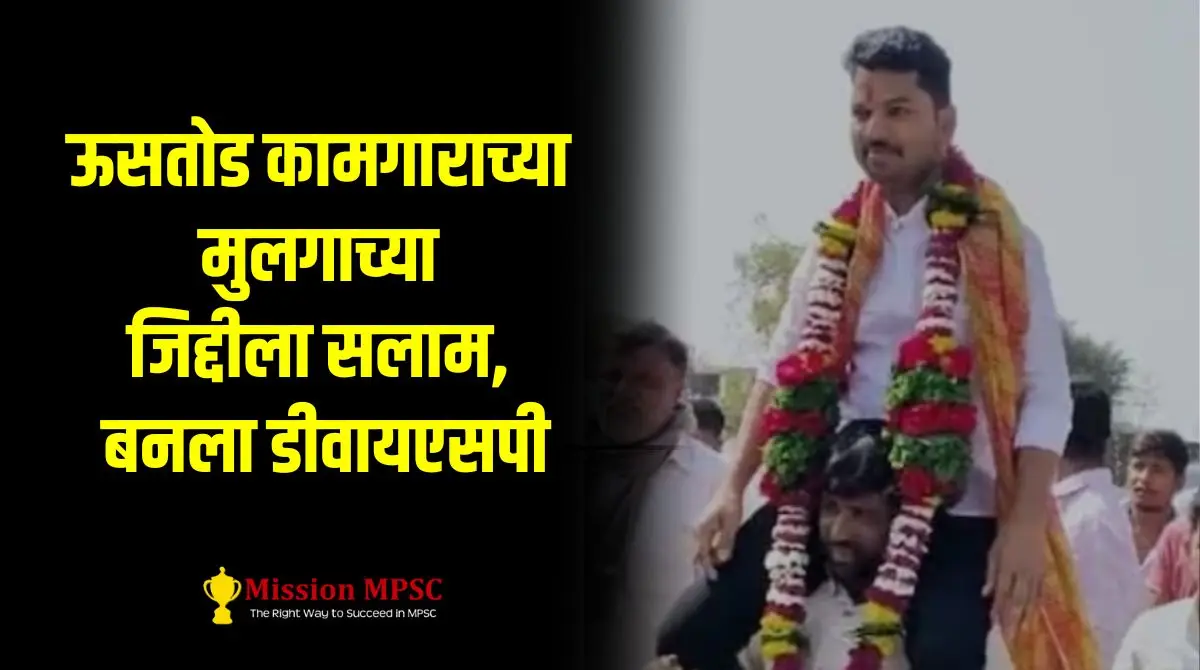
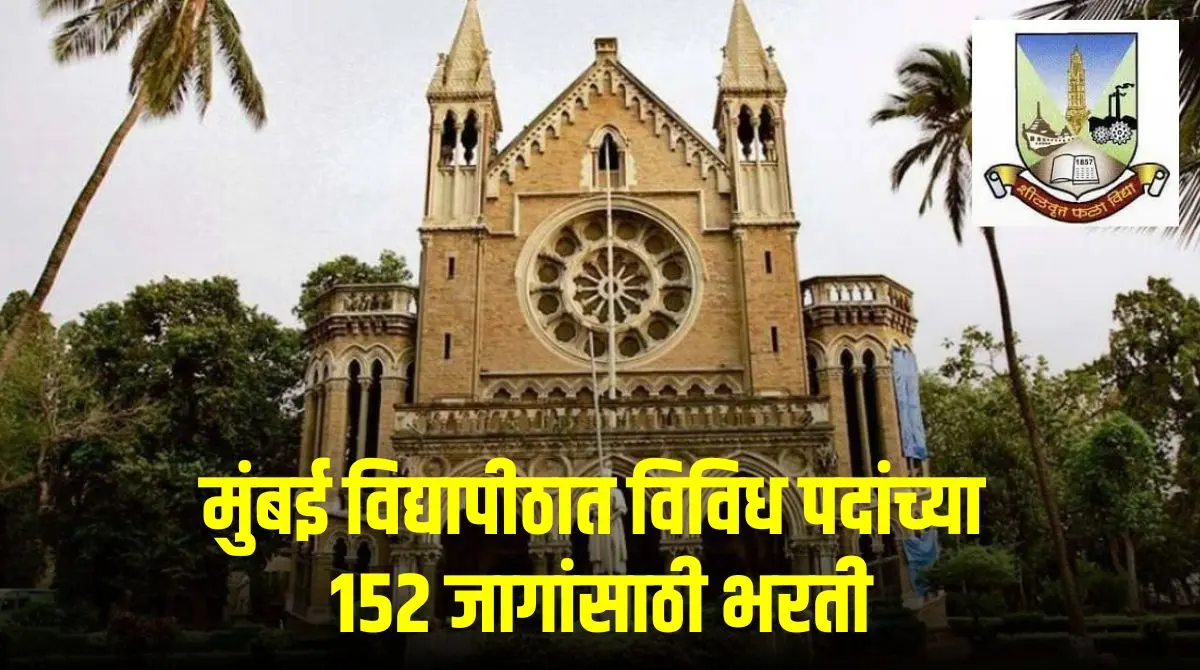
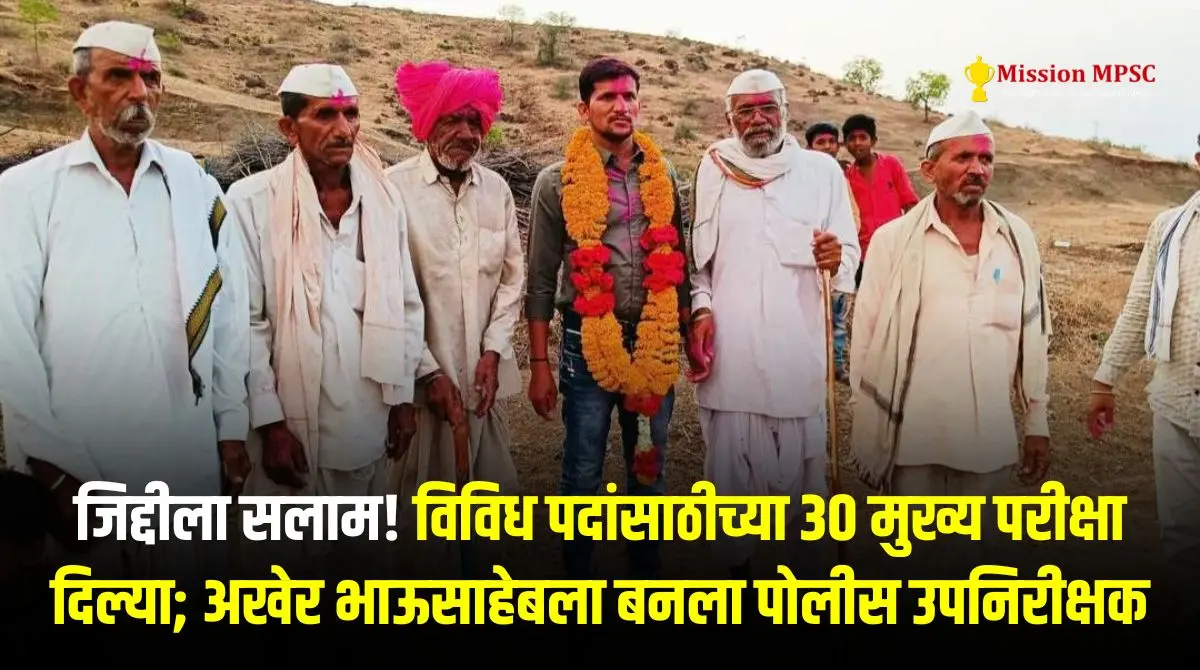
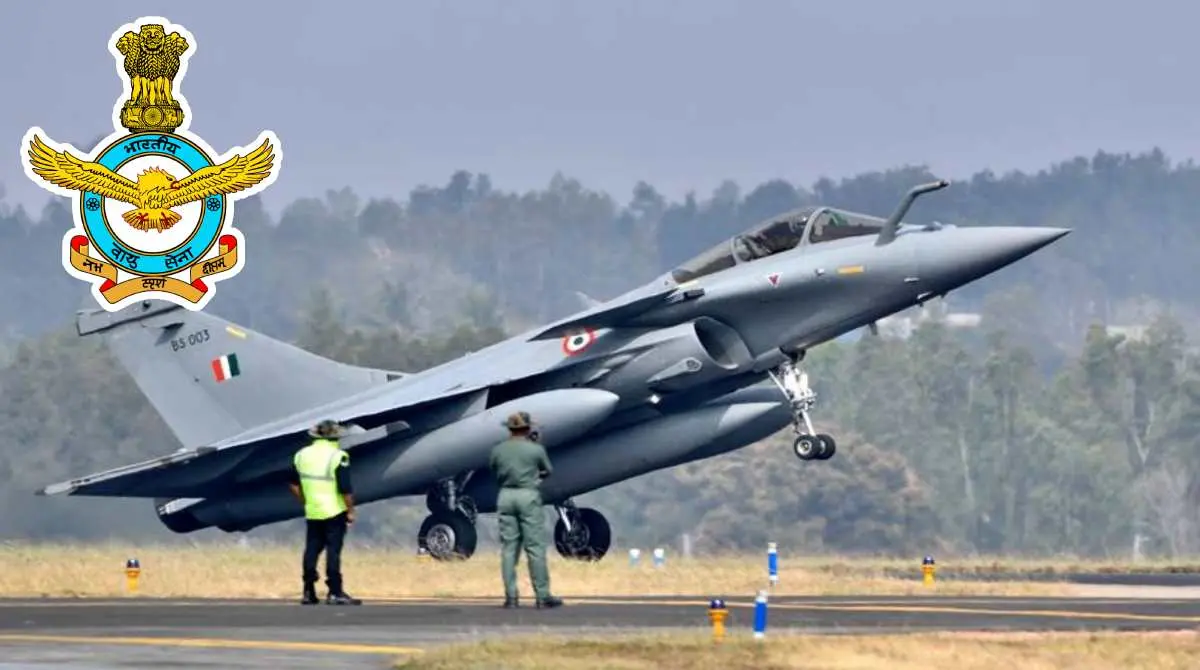
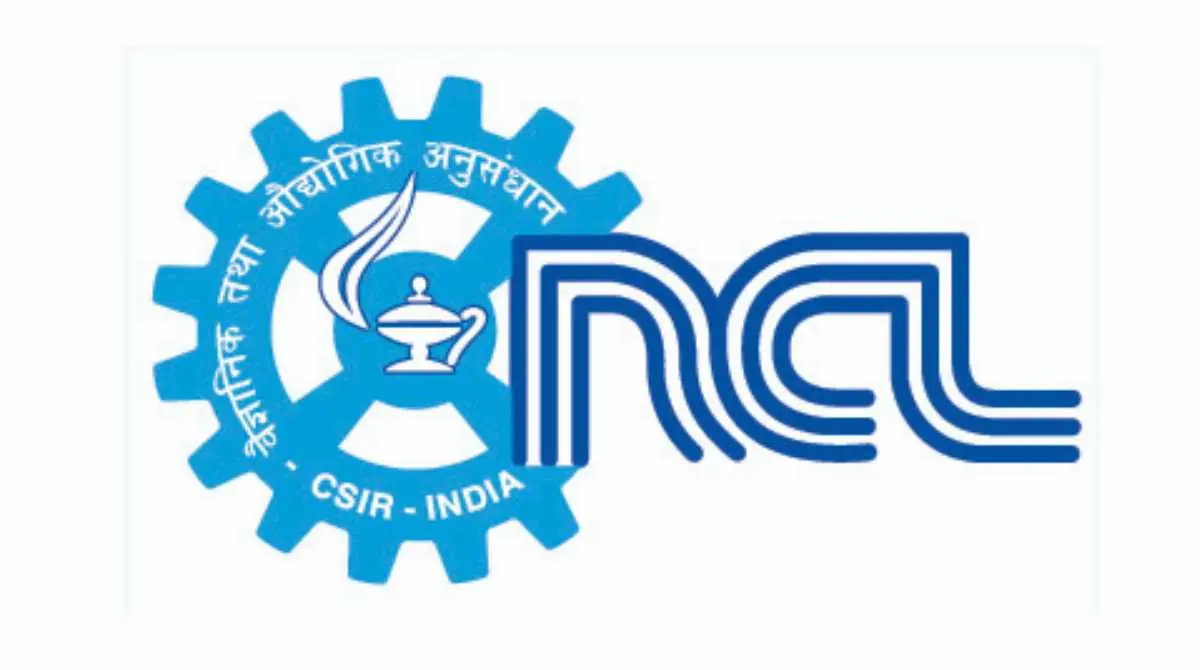

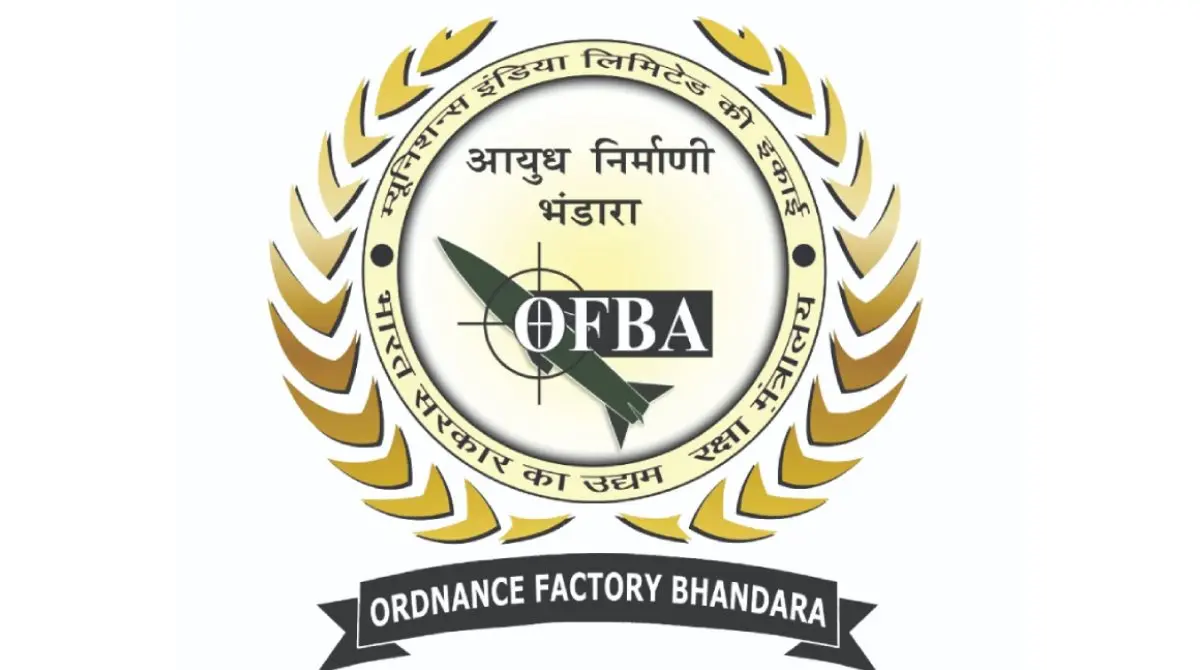



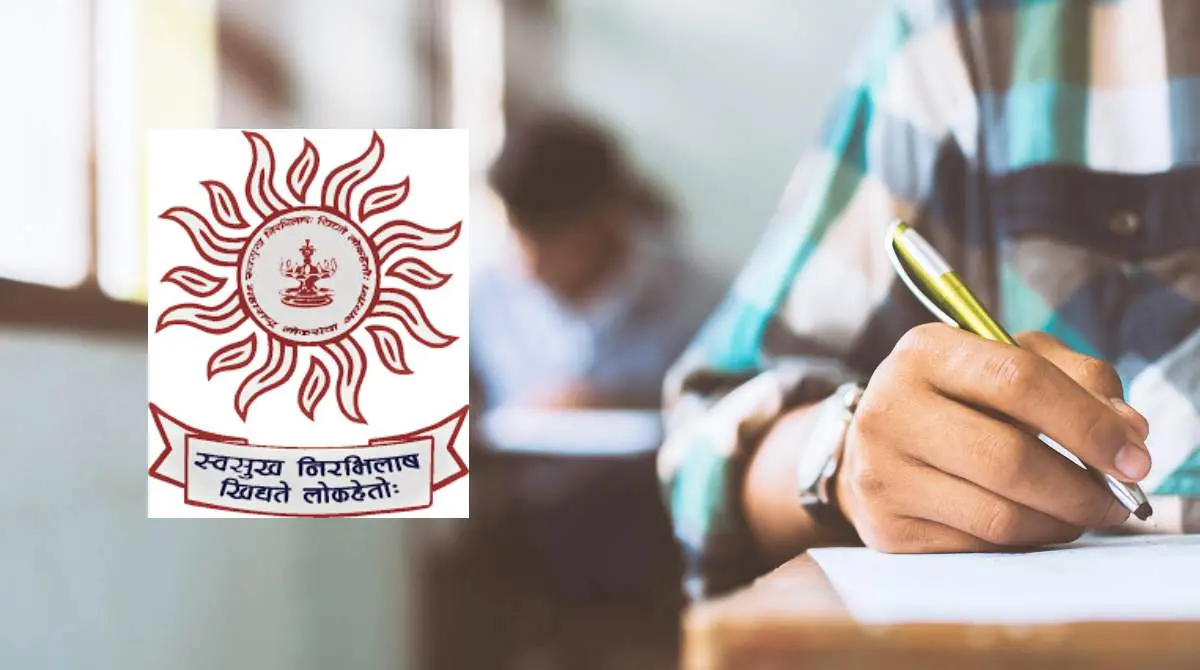

Sir now the time has exceeded so far then will you renew the questions of all subject?
And sir one more question I have generally heard many saying to focus on last 6 months current affairs for prelims so is it right to focus on last 6 months current affairs for prelims?
No, focusing on only last 6 months will not be sufficient at all.
You have to know current issues atleast from Jan. 2019!
Right now, our aim must be to be updated with the upcoming current affairs of the next 4 months, and revising what we have been studying from last one year + solving many many mocks..
This should be a general strategy for Prelims.
Regarding updation of topics :-
We’ll do it in due course of time.
Thanks.
Thank you so much sir ????
Will you post IR reated topics also?
Yes, We Will. Stay Tuned.